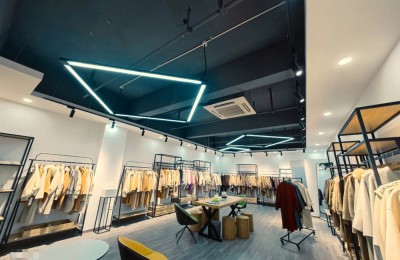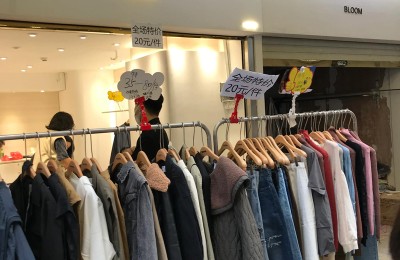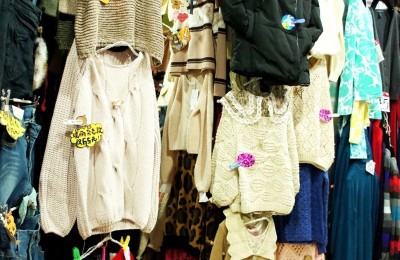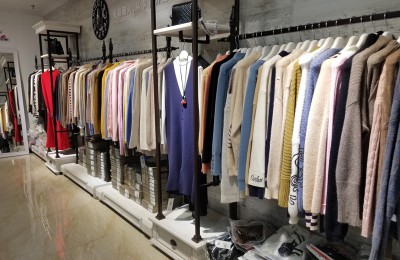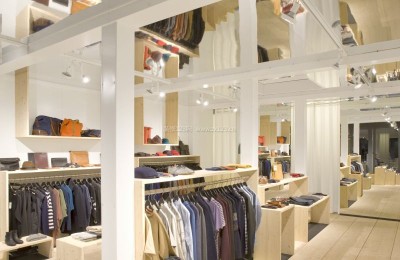China-Korea Fiber Industry Cooperation Conference focuses on three major topics
On November 5, the fifth “China, South Korea and Japan Fiber Industry Cooperation Conference” (hereinafter referred to as the “Conference”) was held in Shenzhen. As a bridge for the textile industries of China, South Korea and Japan to strengthen dialogue and cooperation, this year’s meeting continued the theme previously determined by the three parties, informing each other on the status and prospects of their own textile industries, focusing on free trade agreements, environment and product safety, and three fashion industry cooperation projects. Conduct interactive exchanges on important topics.

The Chinese delegation is led by Wang Tiankai, President of China Textile and Apparel Federation, Gao Yong, Vice President and Secretary-General of China Textile and Apparel Federation, Xia Lingmin, Vice President of China Textile and Apparel Industry Federation, and Xu, Assistant to the President of China Textile and Apparel Federation. Yingxin, Yang Shibin, Chen Dapeng, Sun Huaibin, deputy secretary-general and director of the Industry Department of the China National Textile and Apparel Federation, Yuan Hongping, deputy secretary-general and director of the Foreign Affairs Office of the China National Textile and Apparel Federation, Zhang Qinghui, vice chairman of the China Fashion Designers Association, and others attended the meeting. Representatives from South Korea and Japan were led by Seong Kihak, president of the Korea Fiber Industry Federation, and Shimomura Binichi, president of the Japan Fiber Industry Federation. More than 100 representatives from the three countries attended the meeting.
The meeting was chaired by Gao Yong. As representatives of the participating members of the textile industry of the three countries, Wang Tiankai, Cheng Qihe, and Shimomura Binyi first delivered speeches respectively.
As this meeting will be held immediately following the Korea-China-Japan Summit held in Seoul on November 1st; and the Trans-Pacific Strategic Economic Partnership (TPP) made a substantial breakthrough on the 5th of last month, the United States, Japan and 10 other Pan-Pacific The country reached consensus on the TPP; last week, the Fifth Plenary Session of the 18th CPC Central Committee unanimously approved the recommendations of the “13th Five-Year Plan”. This series of important events makes this session full of highlights.
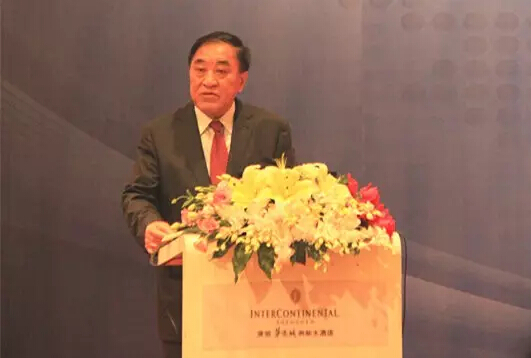
Wang Tiankai, President of China Textile Industry Federation
This year is the last year of China’s 12th Five-Year Planning Cycle. Looking back on the past five years, the economic growth of the textile industry has gradually slowed down and shifted from medium-high speed to medium-speed. The supporting role of industrial structure optimization and development quality improvement has been highlighted. The international development trend of accelerating the establishment of transnational industrial chains and value chains has emerged.
In recent years, the economic and trade cooperation between China, Japan and South Korea has become increasingly deepened. The China-South Korea Free Trade Agreement was officially signed in June this year. The two countries’ joint expansion of market and investment opening will bring more vitality to the textile industry. During the negotiations on the China-Korea-Japan Free Trade Agreement, the China Textile and Apparel Industry Council repeatedly expressed its desire to fully open the market to the Chinese government departments and develop together with the Korean textile industry.
Since the beginning of this year, the progress of negotiations on the China-Japan-Korea Free Trade Area has also accelerated. The economic exchanges and cooperation between the three governments have become closer, which will create a more favorable development environment and cooperation opportunities for the textile industry. The three-party textile industry should also seize this opportunity. , further deepen exchanges, strive for cooperation and common development.
For future cooperation between the three parties in the textile industry, it is recommended to focus on deepening cooperation in industrial innovation and ecological development, promoting exchanges in technology applications, ecological standards, fashion creativity, innovative talents, etc.; strengthening trade and economic cooperation, jointly tapping China’s domestic demand potential, and establishing a more collaborative development The transnational industrial layout system of space; establish a more normalized communication mechanism. Based on the existing focus group and liaison mechanism, the tripartite associations will appropriately increase the frequency of communication, regularly exchange important information, and timely discuss important matters such as free trade zones and technical standards. Carry out special communication.
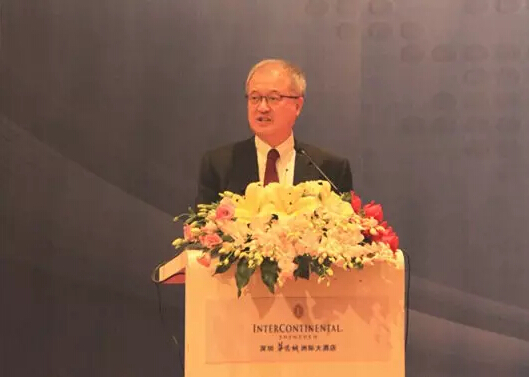
Seong Ki-hak, Chairman of Korea Fiber Industry Federation
This year, South Korea’s economy has faced many difficulties due to the impact of Middle East Respiratory Syndrome and reduced exports. In the face of difficult domestic and international environments, the Korean textile industry continues to explore cooperation with domestic and foreign industrial chains, research and development of new materials, and integrated development of related industries, and actively seeks transformation models for new growth drivers.
This year, the economic and trade environment of the three countries has undergone major changes. The TPP negotiations in which Japan participated reached a basic agreement on October 5, and South Korea and China formally signed a free trade agreement on June 1, which is expected to take effect at the end of this year or early next year. Not only that, the Regional Comprehensive Economic Partnership (RCEP) negotiations involving 16 countries, including South Korea, China and Japan, have also entered a substantive stage. In the process of such a transformation of the trade environment, the textile industries of the three countries will play a crucial role.
The cooperation between South Korea, China and Japan is very important to the peace of the peninsula and the development of international relations. It is expected that the three countries will go beyond economic interests in the process of promoting the free trade agreement and regard the Kaicheng Industrial Park as an effective resource for integrating the industrial chains of the three countries. At today’s meeting, we hope to gain opinions from all parties on sensitive issues such as regional trade liberalization and rules of origin, and then discuss timely response plans. At the same time, it is expected that the textile and garment industries of the three countries will regard the weakening global economy and changes in the trade environment as new opportunities rather than bottlenecks and should act asThe stages are different, but they all stand at a new intersection. Facing the changes of the times, consumption and industry, the three parties should deepen their cooperation. The focus of cooperation will still be around the fields of clothing design, cultural creativity, products and consumption. For example, the three parties will launch the Asian Digital Fashion Design Competition in the three places for the first time next year to cultivate young fashion designers who are proficient in using digital design technology.
Before the end of the meeting, Wang Tiankai, Cheng Qihe, and Shimomura Binyi signed a cooperation agreement on behalf of the tripartite textile industry organizations, agreeing to continue to deepen consensus on China, South Korea, and Japan’s textile industry free trade and textile industry safety and environmental protection issues on the current basis, and to provide for More specific cooperation measures will be taken to expand the fashion influence of China, South Korea and Japan.
Disclaimer:
Disclaimer: Some of the texts, pictures, audios, and videos of some articles published on this site are from the Internet and do not represent the views of this site. The copyrights belong to the original authors. If you find that the information reproduced on this website infringes upon your rights and interests, please contact us and we will change or delete it as soon as possible. </p

